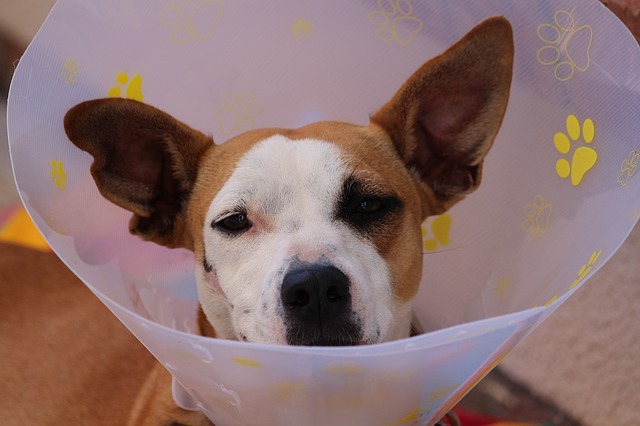Hot spots go by a variety of different names – hot spots, moist dermatitis, summer sores, pyotraumatic dermatitis, or superficial pyoderma – but all the terms mean the same thing. A hot spot is an area of infected skin. Dogs always carry a healthy population of bacteria, but sometimes certain things can trigger the bacteria to reproduce out of control, causing an infection. What causes hot spots? How can you spot one? How are hot spots treated? We have all the answers you’re looking for.
What causes hot spots?
A wide variety of factors can contribute to the formation of hot spots. Here are some of the most common examples.
-A weakened immune system can cause bacteria to flourish.
-Thick coats trap moisture near the skin and create a breeding ground for bacteria.
–Allergies, whether they’re the result of flea, food, or environmental factors, can cause a dog to lick and chew on an itchy spot, and the excess saliva can cause a hot spot.
-Dogs that are groomed infrequently or improperly are at risk of hot spots because matted hair can trap moisture and bacteria near the skin, dirty fur or skin can lead to infections, and dogs with thick hair that takes too long to air dry can develop hot spots.
-A dog that is experiencing pain in a joint may lick it obsessively to try to soothe the pain, causing a hot spot in the area they lick.
-Dogs with separation anxiety or obsessive-compulsive disorders may lick themselves as a soothing mechanism.
As you can see, there are a ton of different ways that hot spots can start! The key is to catch them early.
What do hot spots look like?
A hot spot will typically look red, moist, itchy, and infected. It may be hidden underneath thick fur, so look for staining on your dog’s fur to indicate a spot that they keep licking. Hot spots can develop quickly and can become severe without prompt treatment, so it’s imperative to be vigilant.
How to treat a hot spot
The first thing you need to do to treat a hot spot is to shave all the hair from around the affected area so that the skin can “breathe.” This allows moisture to dry out, which will speed up the healing process. If you aren’t comfortable using clippers on your dog, especially on an area that is probably tender and sore, ask a vet or groomer to do it for you.
Next, wash the affected area gently but thoroughly with a mild antiseptic. Pat the area dry, but don’t cover it with a bandage. The wound needs to be exposed to the air to stay dry and heal properly. Once the area is clean and dry, you may add a topical product like a hydrocortisone spray, colloidal silver, raw aloe, or manuka honey.
It’s crucial to keep the area clean and dry. If the wound is oozing, you may need to clean it as often as every two hours. At a minimum, you should clean and dry the area twice a day until the infection clears up completely.
The most important thing is to prevent your dog from licking the area. This probably means putting a “cone of shame” (E-collar) around your dog’s head to deny him access to the affected area. Even though your dog may look miserable, allowing him to lick a hot spot, even just occasionally, will make it worse.

If the hot spot is severe, doesn’t improve, or gets worse, it’s time for a trip to the vet. The vet may prescribe topical or oral pain medication, anti-inflammatories, or antibiotics. They may also choose to do a cortisone injection to speed up the healing process.
Once you’ve started healing your dog’s current hot spot, you should try to figure out what caused it to prevent future flare-ups. Is your dog suffering from allergies that aren’t being well-managed? Is your dog licking at a sore joint that needs a pain management plan? Is your dog taking too long to dry after a swim? Is an emotional problem causing your dog to lick due to stress? If you don’t figure out what caused a hot spot, it is likely to come back and it could result in a complicated long-term problem.
As always, if you have any questions, you should talk to your trusted veterinarian for more information about hot spots.
(H/T: PetMD, The Bark, Mercola Healthy Pets)
